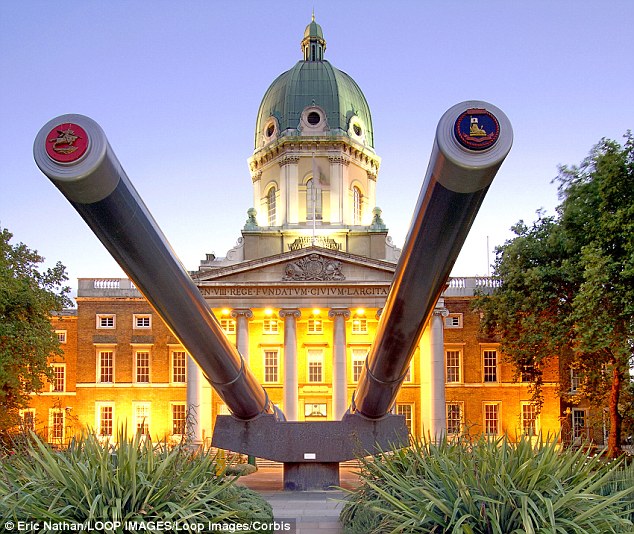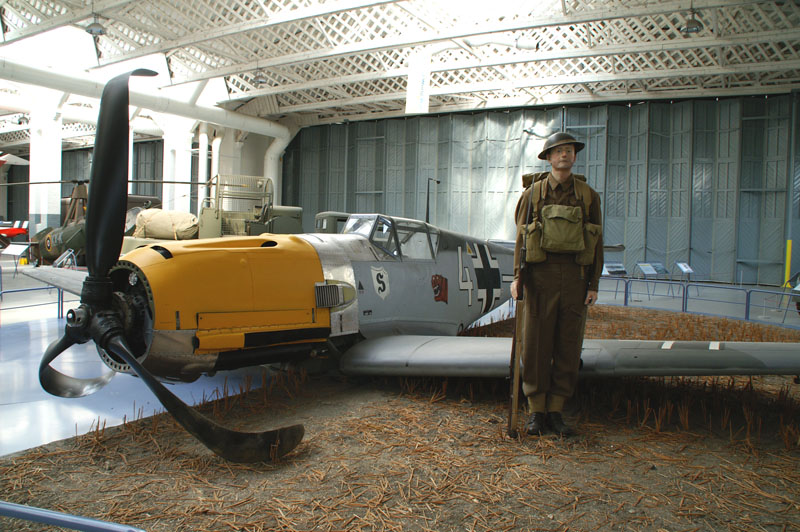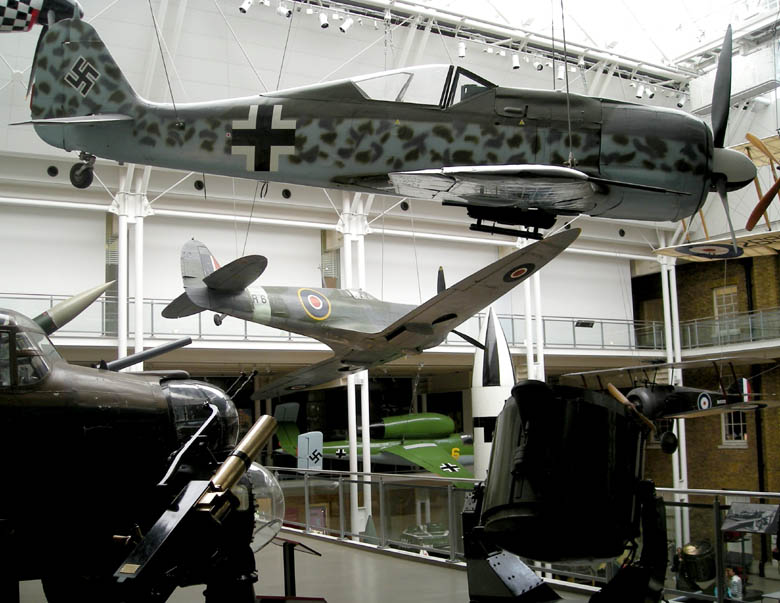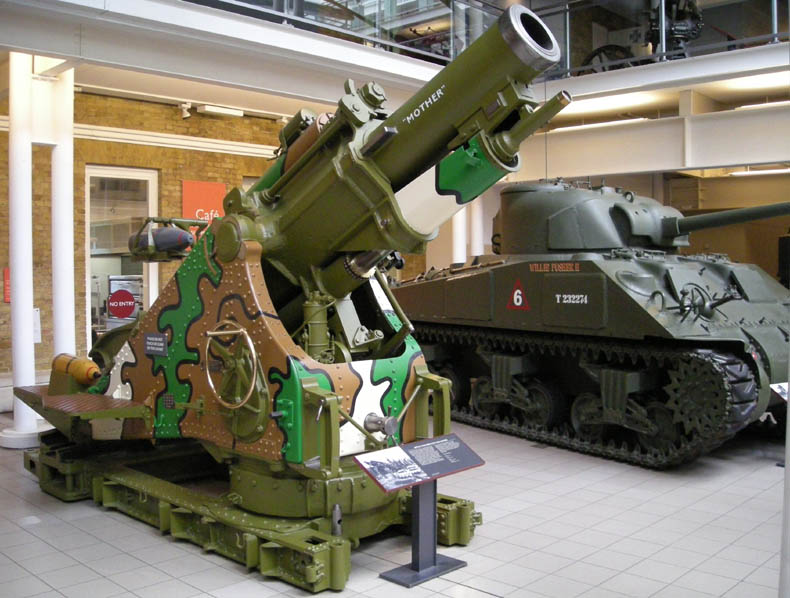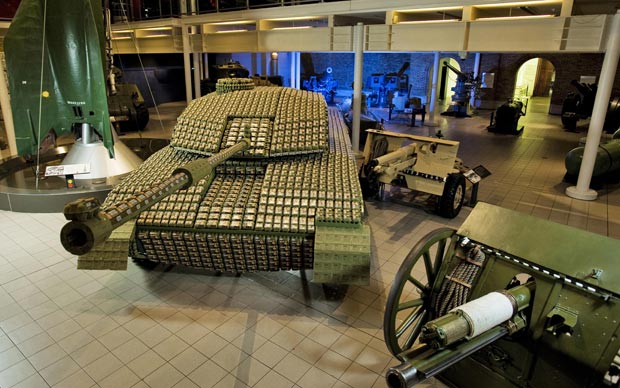I really liked how this museum kept things interesting, without becoming to depressing. They somehow do this without glamorising war. Which is not an easy feat.

 PIN
Imperial War Museum
PIN
Imperial War Museum
People`s stories of war and modern conflict
This is the flagship London branch of the Imperial War Museums group which boasts thousands of exhibits from art to aircraft. It covers both the military and social aspects of war. IWM London picks up the military story from the National Army Museum in Chelsea which restricts itself to the pre 20th century. It is housed in part of the former Bethlem Hospital (Bedlam), built in 1811 and relocated in 1930, with the museum arriving from South Kensington in 1936. The museum reopened in summer 2014 after a £40 million revamp.
The museum itself is a short walk from Waterloo and Lambeth stations and serves as a stunning reminder to multiple generations about the effects of war. There are always exhibitions within the exhibitions and the 6 floors of exhibits tell intimate stories of people’s experiences of modern war and conflict. The museum`s collections include archives of personal and official documents, photographs, film and video material, and oral history recordings; an extensive library, a large art collection, and examples of military vehicles and aircraft, equipment and other artefacts.
There is so much information and detail held in the building that it is almost impossible to process everything. All the information is held in granular detail and lovingly maintained by Imperial War Museums (IWM) - a British national museum organisation. The exhibitions are both absorbing and educational and a must for any visitor looking for a unique learning experience.
If you really like your history why not join the London History Group
Eating And Drinking
IWM London's cafe serves a range of handmade British food freshly prepared every day including stone baked pizzas, healthy salads and snacks, fresh sandwiches and classic British puddings.
History of the building
The original building on this site was designed by James Lewis, the hospital surveyor for the old Bethlehem Royal Hospital at Moorfields. However, his design was based on prize-winning plans submitted by other architects, the best of which were by John Gandy (later known as John Deering). The asylum was completed in 1815, but soon proved inadequate. After the initial transfer of 122 patients, blocks were added in the very next year for the criminally insane. The building was greatly enlarged by Sydney Smirke from 1835 onwards. Smirke provided wings on either side (since demolished) and galleried blocks at the rear; he also enlarged the original low cupola into a tall copper-covered dome, mainly, it seems, to help extend the space in the chapel beneath it. Smirke is sometimes said to have added the imposing portico as well (e.g., see Weinreb and Hibbert, 62); but Gandy had proposed a "pediment supported by six Doric columns" (Darlington): it is the type of structure to be seen at University College London, for which he also submitted plans, and on which he worked with William Wilkins. The portico can be seen on Thomas Shepherd's steel engraving of the Royal Bethlehem Hospital in 1828, long before Smirke started work on the building.
Sadly, A.W. N. Pugin, who designed St George's Roman Catholic Cathedral diagonally opposite the hospital building, was confined here for a while in 1852 — though he was later moved, and died at home in Ramsgate later that year.
In Ida Darlington's chapter on this building, the tall dome is criticised; but it is a familiar landmark in this part of London. The chapter concludes with a brief history of the building's later use:
The central portion of the front, with the dome looking disproportionately high above it, and the rear galleries were leased to the Commissioners of Works to house the Imperial War Museum. The building, which was opened to the public in 1936, was damaged considerably by bombs in 1940, 1941, and 1944, but by 1946 was sufficiently repaired for the museum to be re-opened. It is perhaps appropriate that a building occupied for so many years by men and women of unsound mind should now be used to house exhibits of that major insanity of our own time, war.
Want more?
You can visit London's historical monuments that the majority will miss out on, click here to learn more!
Tags
- Southwark
- , North Lambeth
- , History
- , Museum
- , The Southbank
- , The Striking South East
Location
IWM London , Lambeth Road, London , SE1 6HZ (View on Google Maps)About 10 minute stroll from Waterloo Station, Southwark & Lambeth Tubes are close at hand
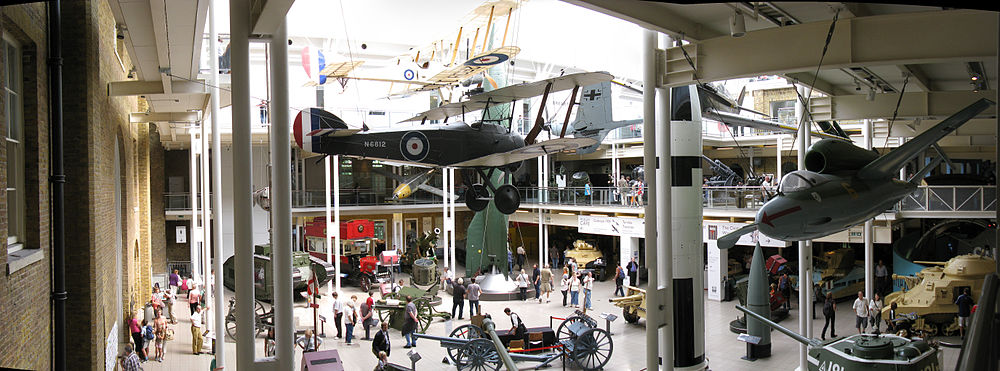


 Facebook
Facebook Twitter
Twitter Tumblr
Tumblr Google+
Google+ Pinterest
Pinterest LinkedIn
LinkedIn







